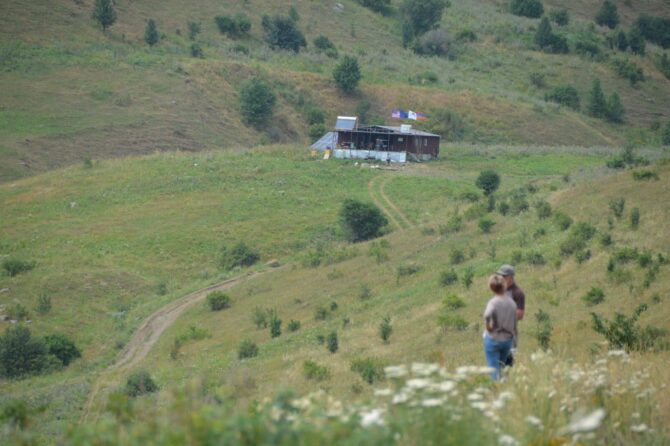
The Decline of Animal Husbandry in Armenia
Causes, Consequences, and Possible Solutions
In our article published last year (https://mountainhighfarms.net/en/հայկական-գյուղատնտեսության-ճգնաժամն/ ), we analyzed the crisis in Armenia’s agriculture, its causes, and proposed several practical solutions.
Since then, the situation has not only failed to improve but, according to data published by the Statistical Committee, animal husbandry in Armenia has entered a phase of rapid decline — one that currently shows no signs of reversal.
The Numbers
In 2014, the year Armenia joined the Eurasian Economic Union (EAEU), the country had about 677,500 head of cattle.
By 2025, that number had dropped to 475,335, meaning a decrease of 202,165 head — roughly 30%. These figures clearly indicate that animal husbandry in Armenia is in serious decline.
Despite this sharp drop, the volume of meat imports has not decreased — it has actually grown.
If in 2015 Armenia imported 5.4 thousand tons of beef (around 8% of national demand), by 2024 the figure had reached 8.6 thousand tons, accounting for about 12.5% of domestic demand.
At the same time, beef prices in Armenia have risen 2.5 to 3 times, yet even under such conditions, the cattle population continues to fall. As a result, Armenian consumers are paying ever more each year to foreign — mainly EAEU — farmers from Russia and Belarus.
Today, roughly 50% of Armenia’s total meat demand is covered by imports.
In monetary terms, Armenian consumers pay approximately $320 million annually to foreign farmers for imported meat.
More specifically:
- Beef imports account for 12.5% of total demand,
- Pork — 51%,
- Poultry — over 72%.
This distribution clearly shows that Armenian farmers are unable to compete with foreign producers.
Analysis of the Causes
As of today, only 1.7% of Armenia’s total cattle population is owned by legal entities — mostly medium to large-scale farms with some investment and basic equipment.
The remaining 98.3% belongs to smallholder rural families, engaged in household-level animal husbandry.
These farms typically operate under outdated and inefficient systems, using genetically weak livestock and without proper economic planning. Animals spend around nine months of the year indoors, fed mainly on purchased fodder. For the remaining months, they graze on nearby village pastures, often uncontrolled, which leads to degradation and desertification of rangelands.
The lack of sanitary and veterinary separation between herds in villages creates conditions for the spread of epidemic diseases, resulting in high veterinary costs, livestock losses, and decreased productivity. Consequently, farmers produce low-quality milk and meat, which can only be sold cheaply.
With rising prices of fuel and feed, such farms have become increasingly unprofitable. Rural farmers often realize they are spending more than they earn, and eventually sell off their herds. Their place in the market is then taken by large Russian and Belarusian farms, which enjoy access to cheaper feed, higher productivity, and tariff-free trade within the EAEU.
Under such conditions, it is remarkable that smallholder farmers in Armenia still manage to survive at all.
Challenges for Corporate Farms
Large-scale farm enterprises, which own about 1.7% of the national herd, also struggle.
While they maintain better genetics and some technological capacity, their operations depend heavily on imported feed and equipment — making them vulnerable to market fluctuations and foreign competition.
These farms can be competitive only within the domestic market, and only if they produce value-added dairy products — such as local cheeses, yogurt, and other processed goods.
Export opportunities remain almost nonexistent due to high production costs and small-scale operations.
Solutions
In our view, the key to revitalizing Armenia’s animal husbandry lies in pasture-based regenerative grazing systemsestablished on remote rangelands.
Such a model would:
- Enable the production of meat and milk without imported feed,
- Reduce costs for fuel, buildings, and equipment,
- Restore degraded rangelands and improve soil health,
- Transform Armenia from a meat-importing to a meat-exporting country.
You can read more about this approach in the “Articles” section of our website.
Author: Ashot Boghossian
Mountain High Farms



Leave a reply